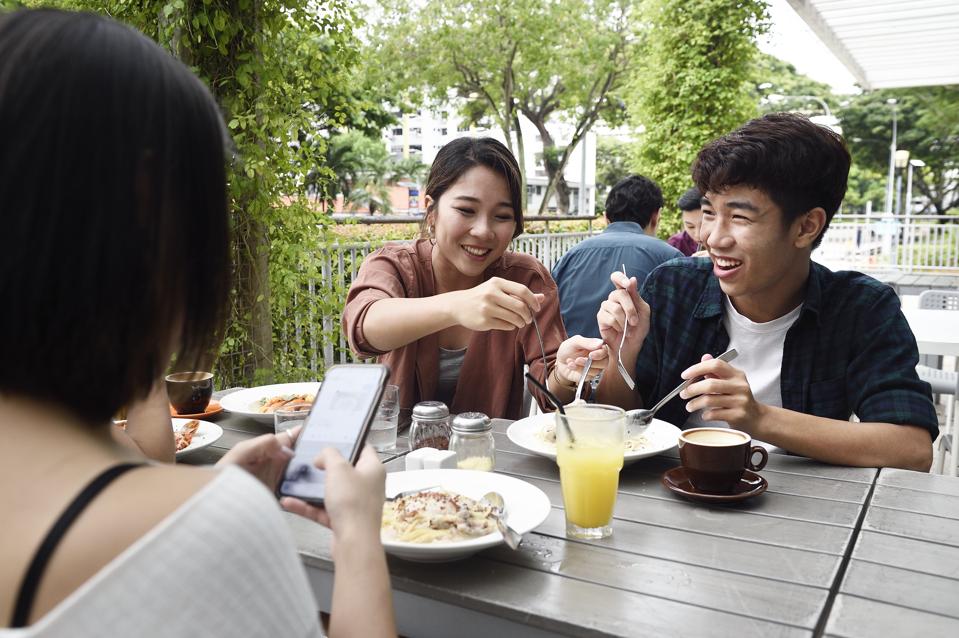Introduction: What Is the Soft Life?
The phrase soft life has become a defining trend among Gen Z. On TikTok, Instagram, and even X (Twitter), young people are celebrating slow mornings, cozy cafés, and self-care rituals. But why now? In a world filled with economic uncertainty and constant hustle culture, Gen Z finds comfort in romanticizing the everyday. The style represents not laziness, but the choice to prioritize mental health, peace, and small joys in the middle of hard times.

Escapism Through Cozy Vibes
One reason the soft life resonates is that it provides a form of escapism. When rent prices rise and work pressure grows, the idea of sipping matcha in a quiet café or lighting a scented candle at night feels like reclaiming control.
- Cozy settings create a safe mental space.
- Rituals like journaling, skincare, or cooking turn into soothing routines.
- Aesthetic content online (coffee setups, reading corners) amplifies the vibe.
Just like the meme economy, the life style shows how Gen Z communicates feelings through lifestyle choices.

Turning Small Joys into Lifestyle Aesthetics
For Gen Z, it’s not just about living the soft life lifestyle it’s about curating it. Everyday moments become aesthetic snapshots worth sharing:
- A latte with perfect foam art.
- Morning sunlight through bedroom curtains.
- A solo walk in the park with earphones on.
These details transform daily life into content that inspires others. It’s not about luxury; it’s about finding beauty in the ordinary.

Why Gen Z Romanticizes Everyday Moments
Behind the soft life trend lies a deeper truth: life feels hard. Many Gen Z individuals face job insecurity, student debt, and social pressures. Romanticizing the little things makes the struggle lighter.
- Coping mechanism – Focusing on small joys reduces stress.
- Community bonding – Sharing “soft moments” online helps people connect.
- Identity expression – A personal style of self-care or cozy living becomes part of Gen Z identity.
The soft life isn’t an escape from reality — it’s a gentle way of surviving it.

The Soft Life in Branding and Marketing
Just like memes, the soft life has entered marketing. Businesses now highlight cozy aesthetics to appeal to Gen Z consumers.
- Cafés emphasize ambience, not just coffee.
- Fashion brands sell comfort wear and minimalist aesthetics.
- Wellness products are packaged as lifestyle essentials.
For businesses in Malaysia, tapping into this trend means aligning with Gen Z’s values of comfort, authenticity, and mental wellness. See our guide on lifestyle branding trends

FAQs About the Soft Life
Q: What does it mean?
A: Soft life refers to living with ease, comfort, and peace — prioritizing small joys and self-care over stress and hustle culture.
Q: Is it only for the rich?
A: No, the soft life trend emphasizes appreciating ordinary moments, not luxury.
Q: Why is Gen Z so drawn to the lifestyle?
A: Because of financial stress and social pressure, Gen Z finds comfort in romanticizing small, cozy moments.
Q: Can businesses benefit from the soft life trend?
A: Yes, by aligning branding with cozy aesthetics, authenticity, and wellness-focused values.
Living Soft in Hard Times
In a world that often feels overwhelming, the soft life offers Gen Z a way to slow down and embrace joy. From cozy corners to aesthetic coffee moments, these rituals remind us that peace can be found in the ordinary. For brands and individuals alike, the lesson is simple: small joys matter, and they shape the way we live, share, and connect.
Ready to Embrace the Lifestyle?
Whether you’re curating your own cozy routine or building a brand that speaks to Gen Z, the soft life is here to stay.
Learn more about Gen Z lifestyle trends in Malaysia
Read more about the Best Speakeasy & Jazz Bars in Malaysia You Need to Visit
Stay with Citykaki for more insights on lifestyle, culture, and the little joys that make living softer — even in hard times.
Related posts
Follow us!
* You will receive the latest news and updates on your favorite celebrities!

